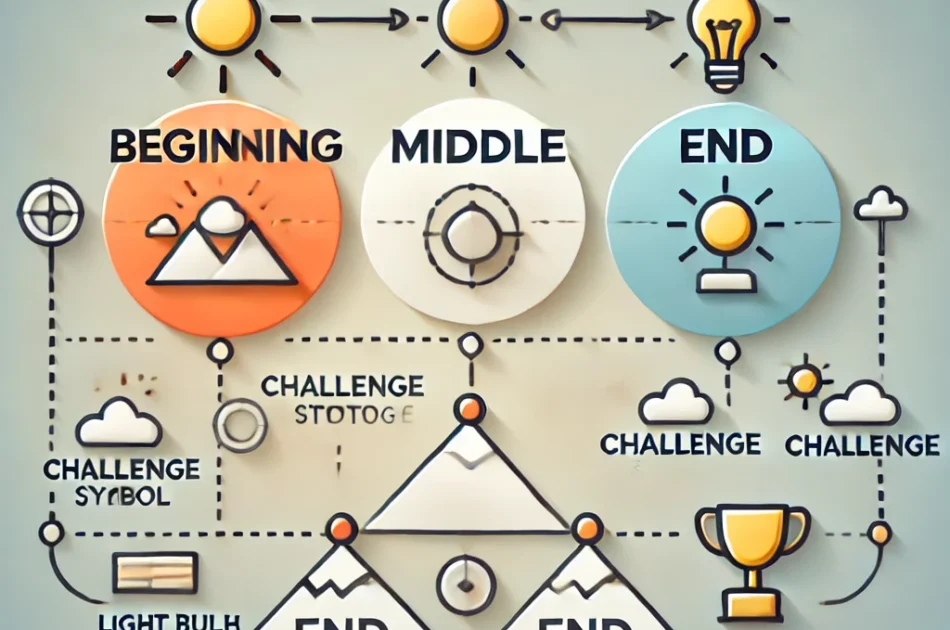Gamifying Your Learning Experience: Engaging Ways to Learn Digital Marketing Online
In an ever-evolving digital landscape, mastering digital marketing can seem daunting. Conventional teaching techniques frequently fail to maintain our interest. Enter gamification—the innovative strategy that incorporates game-like elements into the learning process. Let’s explore how you can gamify your online learning experience in digital marketing, making it enjoyable and effective.
# What is Gamification?
Gamification is the use of game concepts in situations that aren't games. In online learning, this can involve points, badges, leader boards, and challenges aimed at boosting engagement and motivation. By transforming learning into a game, you can enhance your focus and retention.

- Increased Engagement: Gamified elements capture attention and create a more enjoyable experience.
- Immediate Feedback: Instant rewards and feedback help you gauge your progress.
- Enhanced Retention: Interactive activities promote better information retention.
- Healthy Competition: Leader boards and challenges motivate learners through friendly competition.
Engaging Ways to Gamify Your Digital Marketing Learning Experience
- Online Quizzes and Trivia Games
Platforms like “Kahoot “and “Quizizz” allow you to create or join interactive quizzes. Host weekly trivia sessions with peers to reinforce digital marketing concepts while having fun. - Point Systems and Badges
Many platforms, such as “Code academy” and “Hub Spot Academy”, utilize point systems and badges. Earn recognition for completing courses, reading articles, or participating in discussions. This sensation of accomplishment motivates people to keep learning. - Simulations and Case Studies
Engage with real-world scenarios through platforms like Google, Analytics Academy and Facebook Blueprint. These interactive exercises let you apply your knowledge in a risk-free environment, enhancing your problem-solving skills. - Learning Challenges and Competitions
Join learning challenges or hackathons on sites like Growth Hackers. Collaborate with others to solve marketing problems, pushing you to think creatively and explore new strategies. - Community Engagement
Participate in online communities that gamify learning. Platforms like LinkedIn Learning offer discussion boards where you can earn recognition for your contributions. This fosters a sense of belonging and motivates you to stay committed. - Track Your Progress with Leader boards
With peers, create or join a leader board to monitor your advancement in different activities. Competing for the top spot can spark motivation and encourage continuous improvement.
Conclusion
Gamifying your online learning experience in digital marketing can revolutionize how you engage with material. By incorporating game-like elements, you enhance your motivation and retention while making learning enjoyable. From quizzes to community engagement, countless strategies can help you level up your digital marketing skills. So, dive in and start gamifying today—your future self will thank you!
#Call to Action
Have you tried gamifying your learning? Share your experiences in the comments below and let’s inspire each other on our digital marketing journeys!!






